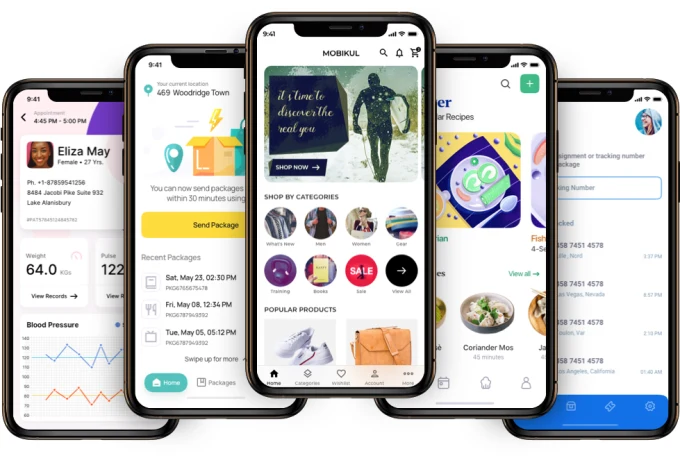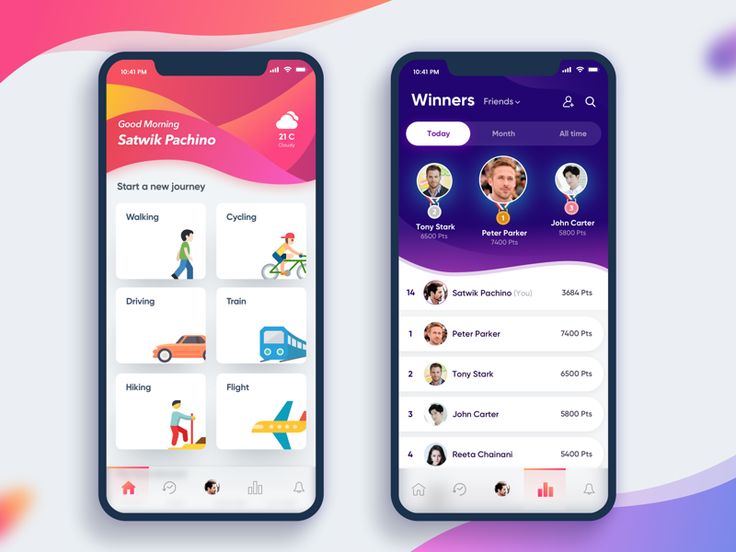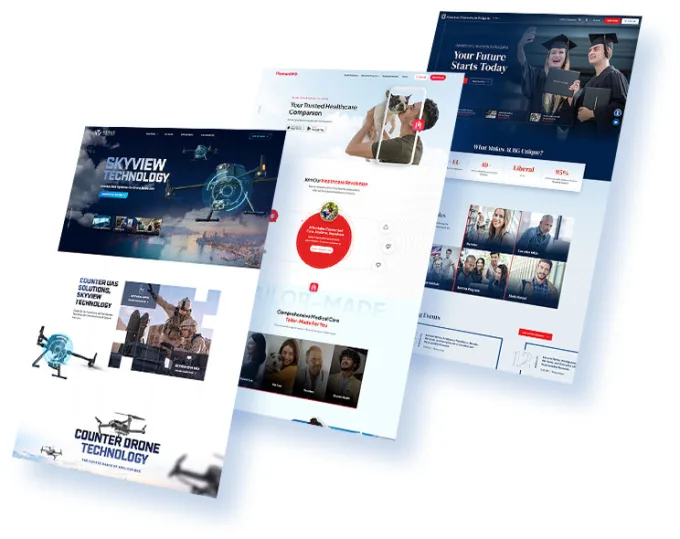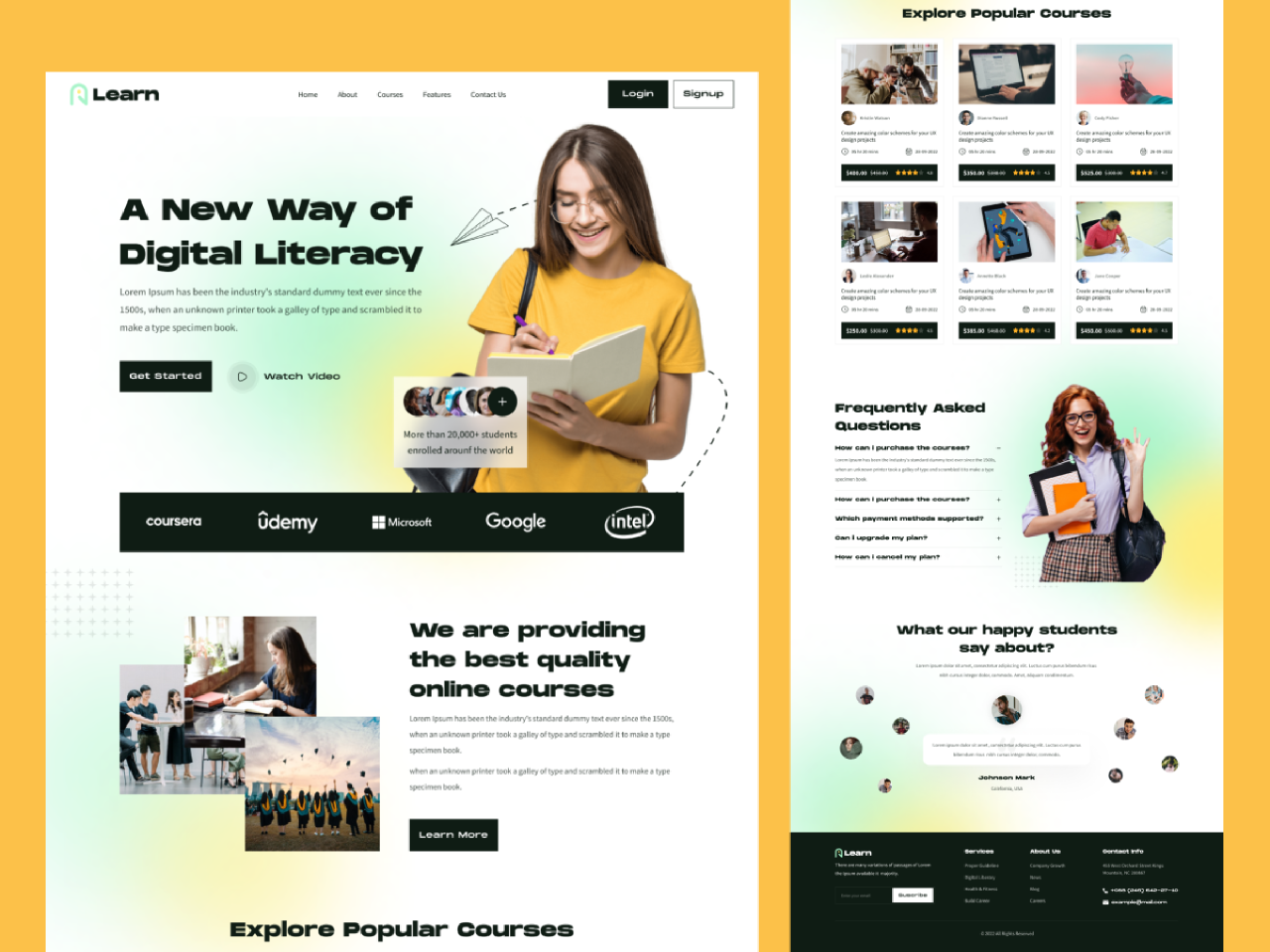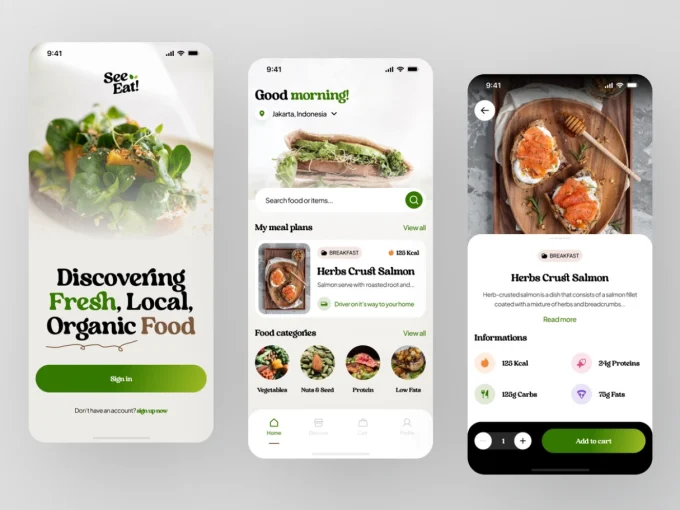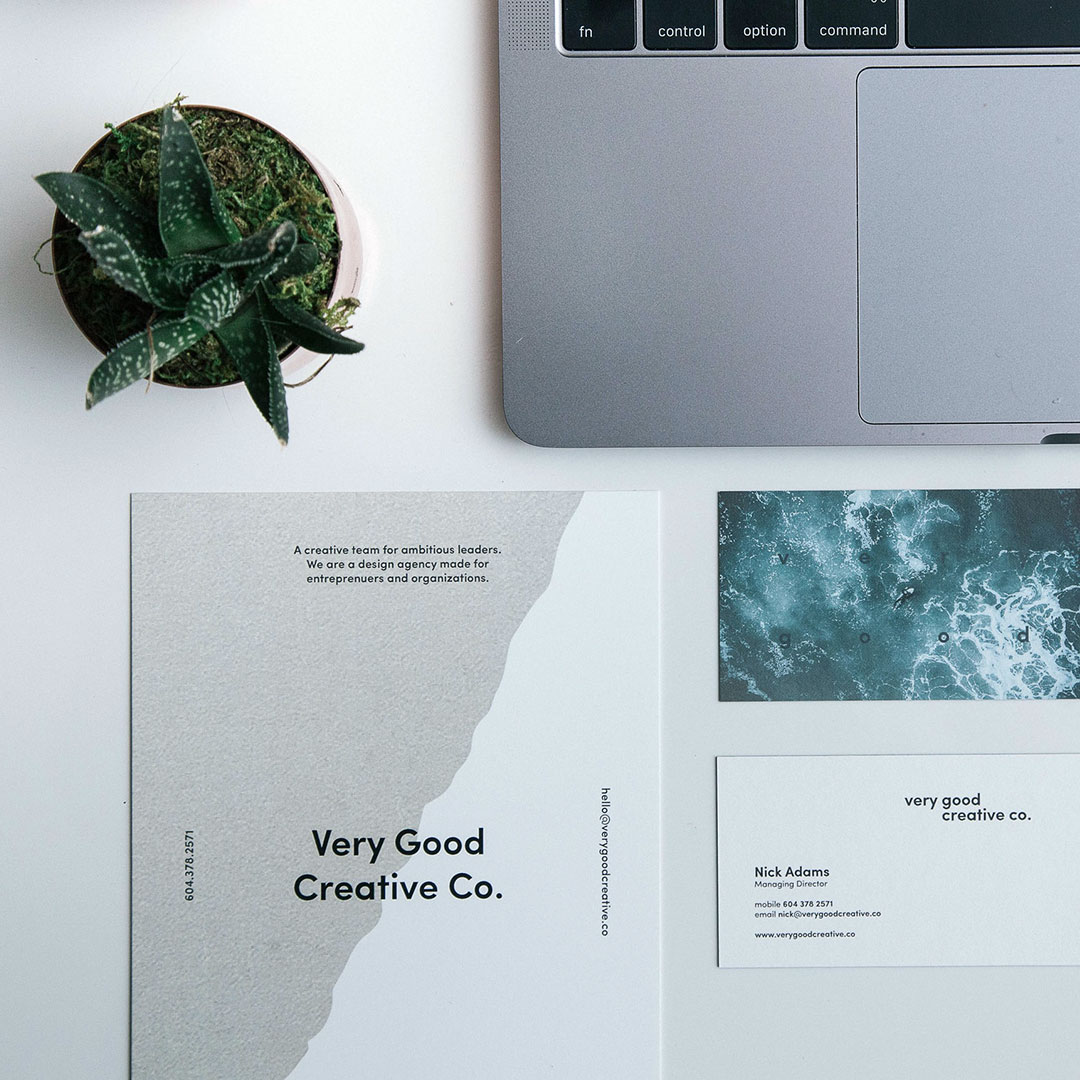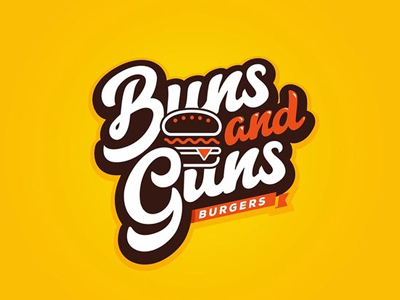Flyer Design
We are driven by creativity. We create innovative things to help you achieve better results and consolidate yourself in the market.
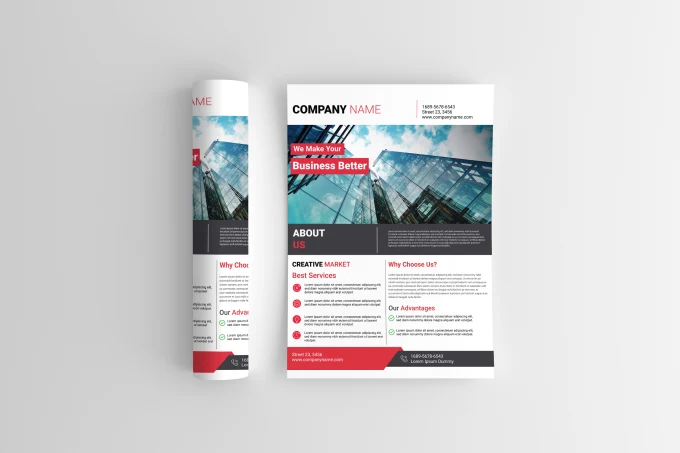
Flyer Design
Flyers, those humble sheets of paper, pack a powerful punch when it comes to grabbing attention and spreading the word. In a crowded world of digital noise, a well-designed flyer can break through the clutter and connect with your target audience in a way that leaves a lasting impression. Let's delve into the exciting world of flyer design:
Elements of a Powerful Flyer:
- Eye-Catching Headline: Hook your audience with a bold, concise headline that captures their attention and sparks their curiosity. Think short, punchy, and relevant to your message.
- Compelling Visuals: High-quality images or graphics that resonate with your audience and visually communicate your message are crucial. Think vibrant colors, impactful imagery, and relevant visuals that align with your brand.
- Clear and Concise Information: Don’t overload your flyer with text. Highlight key points, dates, locations, and calls to action in a clear and easy-to-read format. Bullet points and infographics can be your allies.
- Call to Action: Tell your audience what you want them to do next. Whether it’s visiting your website, attending an event, or making a purchase, make your call to action prominent and easy to follow.
- Brand Consistency: Maintain visual coherence with your overall brand identity. Fonts, colors, and design style should reflect your brand voice and create a unified experience.
Types of Flyers:
- Event Flyers: Promote upcoming events, festivals, concerts, or workshops.
- Product Flyers: Showcase your products, highlighting their features and benefits.
- Promotional Flyers: Advertise discounts, sales, or special offers.
- Informational Flyers: Share important news, updates, or announcements.
Key Design Considerations:
- Target Audience: Understand your viewers’ demographics, interests, and where they’ll encounter the flyer to tailor the design accordingly.
- Distribution Strategy: How will you distribute the flyer? Consider size, portability, and durability based on your chosen methods.
- Legibility: Ensure text is large enough and fonts are clear and readable, even from a distance.
- Color Psychology: Choose colors that evoke the emotions and message you want to convey.
Let's Talk?
Talk to one of our consultants today and learn how to start leveraging your business.
